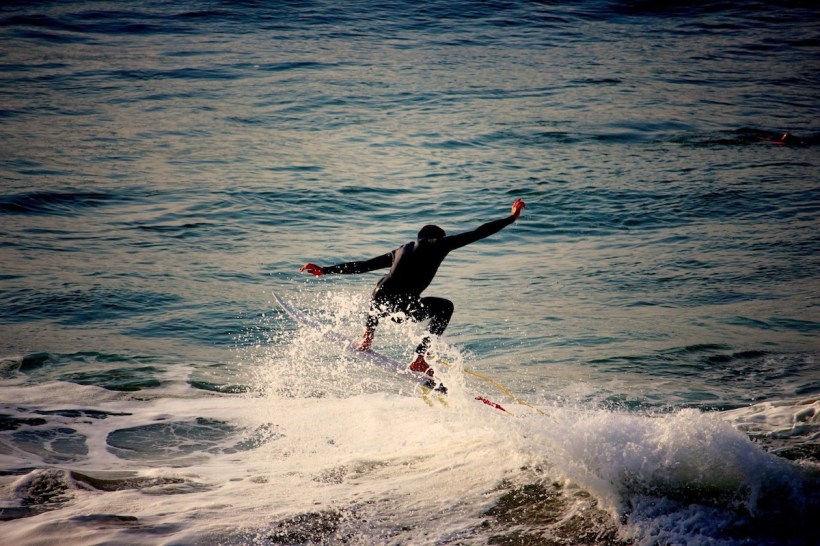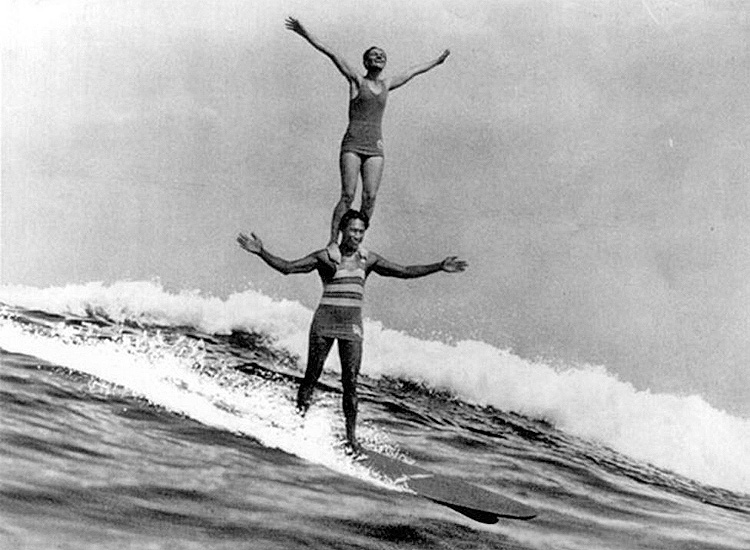
Picture Credit: Global Concept Solutions
Recently, I published a tribute to Apple’s Steve Jobs on the 5th anniversary of his passing. On Tuesday, a similar half decade signpost arrives for one of the professors I admired greatly when IAI was engaged in studying Political Economy at Yale and Technology Innovation at Columbia BSchool. Deceased 5 years ago, Professor Dick Rosenbloom taught at Harvard for over five decades and his accomplishments were legion:
- taught MBA courses on Advanced Production Problems, Competitive Strategy, Management of Technology, Manufacturing Policy, and Operations Management.
- helped develop and teach a second-year MBA elective course on Technology, Business and the Modern Society.
- taught in the School’s Program for Management Development (PMD), an Executive Education program that was offered to middle managers for many years.
What caught my attention was his role in writing about second-order consequences, which was fascinating for scholars looking deeper into policy decisions than history book chapter headers would have you believe. These indirect, negative outcomes were brilliantly profiled in a 1969 American Academy of Arts & Sciences treatise written by Professors Raymond Bauer, Rosenbloom and Sharpe team who warned consequences of technology and human interaction.
Years later, Craig Christiansen rocked the B2B marketing world with his theories of Disruptive Innovation which he explains elegantly here. To me, the best illustration of this effect is seen in technology jobs growth which are high value, high skill-based positions (see Forbes’ Statista graph below).

What was inspiring to IAI beyond his great ideas was Dick Rosenbloom’s admiration for creativity. Fast Company has a nice list of out-of-the-box thinkers right here. Enjoy!

